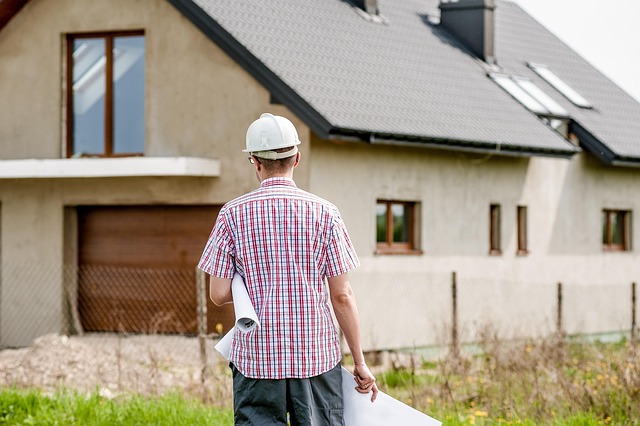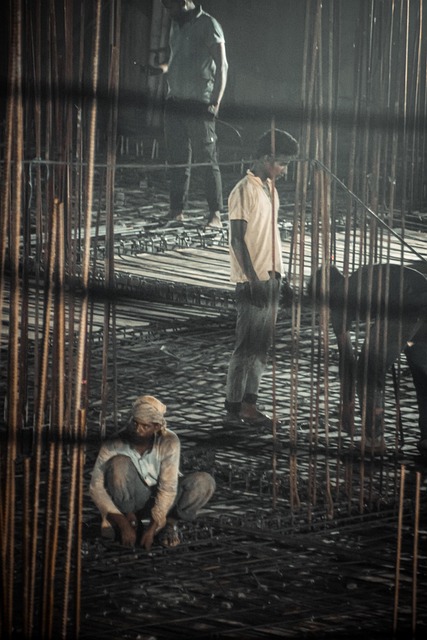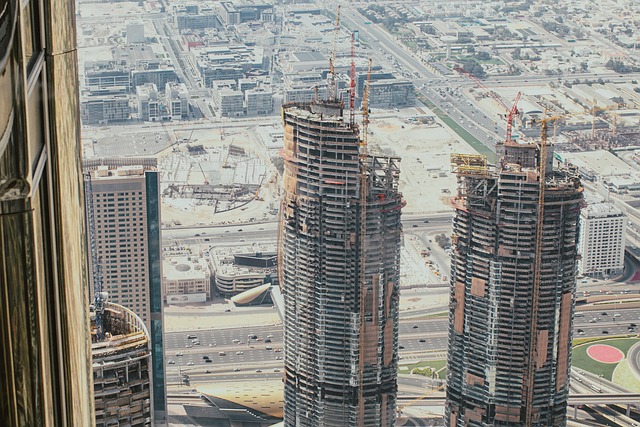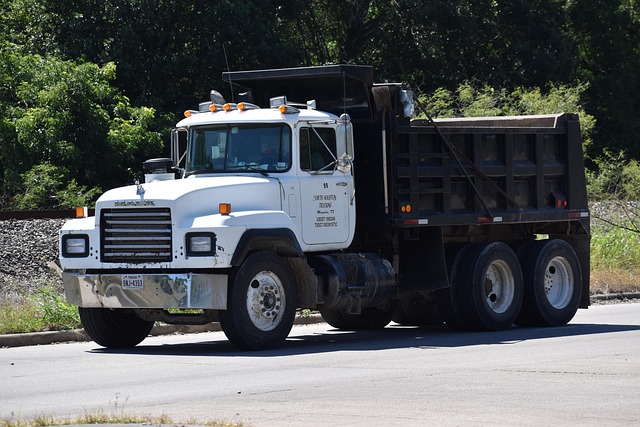Understanding unique re-roofing needs for commercial properties is key. For flat roofs, a strategic approach includes assessing roof condition, climate, building age, and design. Applying a new second roof layer offers cost savings and faster installation. A qualified commercial re-roofing contractor provides tailored solutions. Regular attention is vital to address issues like leaks and damage. Early identification of problems prevents structural failure. Choosing the right contractor using online research ensures reliable service for reroofing or overlay roofs. Detailed cost analysis considers removal, preparation, new system installation, labor, materials, and warranties. Strategic roofing material choices based on climate, structure, budget, and design increase protection and property value.
When it comes to commercial properties, a new roofing system is often a significant investment. Understanding the signs of an old roof’s failure and researching local commercial re-roofing contractors is crucial before embarking on such a project. This comprehensive guide explores key aspects, from identifying the need for replacement to choosing the right roofing materials. By evaluating contractor specialization, experience, and costs, property owners can make informed decisions, ensuring their investment in a new roof stands the test of time.
- Understanding Commercial Re-Roofing Needs
- Identifying Signs of Old Roof Failure
- Researching Local Roofing Contractors
- Evaluating Contractor Specialization and Experience
- Cost Analysis for Commercial Re-Roofing Projects
- Choosing the Right Roofing Material for Your Property
Understanding Commercial Re-Roofing Needs

When it comes to commercial properties, understanding the unique re-roofing needs is essential. Many older buildings boast flat roofs that may have been adequately serving their purposes for years, but as time marches on, so do structural requirements and material innovations. A commercial re-roofing contractor will often be called upon to assess these structures, taking into account various factors such as the current state of the existing roof, local climate conditions, and the building’s age and architectural design.
One common approach in commercial re-roofing is to apply a new second roof layer or overlay roof over the old one, rather than completely removing and replacing it. This method is particularly effective for reroofing flat roofs, offering both cost-efficiency and faster installation times. By carefully evaluating the situation, a qualified contractor can determine if this strategy is feasible, ensuring a robust and long-lasting solution that meets the specific needs of the commercial property.
Identifying Signs of Old Roof Failure

Many commercial properties, over time, start to show signs of roofing system deterioration. This can be attributed to various factors such as age, weather exposure, and improper maintenance. Identifying issues early on is crucial for a seamless transition to a new roofing system, often requiring the services of a commercial re-roofing contractor.
One clear sign that your old roof is failing is the presence of leaks or water damage. These can manifest as discolored ceilings, peeling paint, or even structural damage from prolonged moisture intrusion. Another indicator is significant granule loss in shingles or tiles, which exposes the underlayment and makes the building vulnerable to further deterioration. Inflatable or sagging areas on the roof surface are also red flags, suggesting that the underlying structure might be compromised, necessitating a reroof flat roof solution or even an overlay roof as a temporary fix before installing a new system.
Researching Local Roofing Contractors

When it comes to commercial re-roofing, selecting a reputable local contractor is paramount. Business owners should start by researching and comparing various roofing companies in their area. Online platforms and business directories are excellent resources to begin this process. Many contractors showcase their expertise and previous projects on their websites, providing insights into the services they offer, including reroofing flat roofs or installing an overlay roof as a second layer.
Local reviews and testimonials from satisfied clients can give a clear picture of a contractor’s reliability and workmanship. This initial research step ensures that property owners make informed decisions when choosing a commercial re-roofing contractor to handle their building’s roofing needs effectively.
Evaluating Contractor Specialization and Experience

When it comes to commercial re-roofing projects, choosing the right contractor is paramount. Before hiring any professional, business owners should meticulously evaluate the contractor’s specialization and experience in handling similar projects. It’s crucial to opt for a commercial re-roofing contractor who has a proven track record of successful installations and repairs, especially when it involves intricate tasks like overlay roof or reroofing flat roofs.
Experience plays a significant role in ensuring the project is executed efficiently and effectively. A well-versed contractor will understand the unique challenges associated with different roofing types and structures, providing tailored solutions. They should be adept at assessing the current state of your property’s roof, identifying potential issues, and offering sustainable and cost-effective options, whether it’s a complete replacement or adding a second roof layer as an overlay.
Cost Analysis for Commercial Re-Roofing Projects

When considering a commercial re-roofing project, one of the primary concerns for business owners is the cost analysis. This process involves evaluating the overall financial implications of removing the existing roof and installing a new one, including the removal of old roofing materials, preparation of the roof deck, and the actual installation of the new system. It’s crucial to engage with reputable commercial re-roofing contractors who can provide detailed estimates that account for labor, materials, and any necessary structural repairs or enhancements.
The cost can vary greatly based on several factors such as the size and complexity of the property, the type of roofing system chosen (e.g., a reroof flat roof or overlay roof), and regional labor rates. Additionally, considerations like energy-efficient or sustainable materials, extended warranties, and future maintenance costs should be factored in. A thorough cost analysis ensures that business owners make informed decisions, balancing immediate expenses with long-term value and structural integrity.
Choosing the Right Roofing Material for Your Property

When undertaking a commercial re-roofing project, selecting the optimal roofing material is a strategic decision that can significantly impact the property’s durability and value. The right choice depends on various factors, including weather conditions, structural integrity, budget, and aesthetic preferences. For instance, in regions prone to heavy snowfall or intense storms, a robust material like metal roofing offers superior protection against damage. Metal is known for its longevity, low maintenance requirements, and the ability to withstand extreme temperatures.
An often-overlooked option is an overlay roof, which involves installing a new roof over the existing one, particularly suitable for reroofing flat roofs. This method provides a cost-effective solution without the extensive structural changes required by a complete removal. Alternatively, some commercial properties opt for a second roof layer as an additional protective measure, enhancing insulation and energy efficiency. With the help of a qualified commercial re-roofing contractor, these strategic choices can transform a property’s roofing system into a robust defense against the elements.
